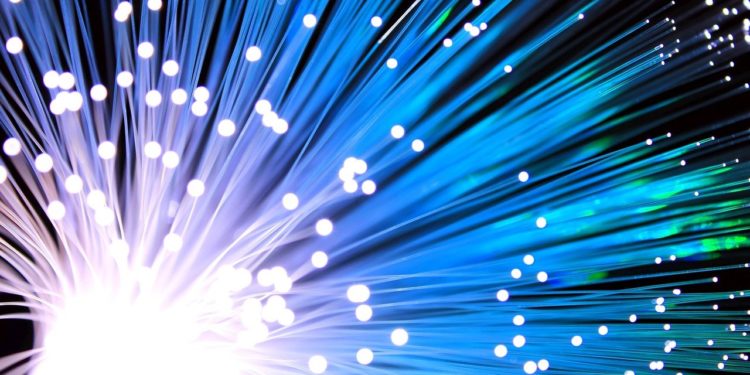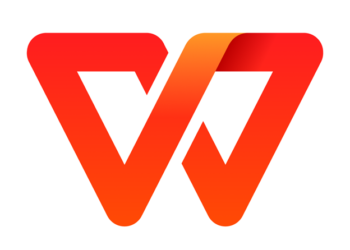The growth of industries has necessitated fast and efficient connectivity. As a result, many organizations have expressed interest in dark fiber as an alternative to commercial internet service.
What is Dark Fiber?
Dark fiber refers to fiber-optic lines that have been laid in the ground but are not in use. The installation cost of laying fiber-optic cables on the ground is relatively high. Therefore, fiber-optics companies lay as much fiber as possible to cut down on such expenses.
It is not unusual to find only a small percentage of the fiber used while the rest is leased out to other companies.
Wide Area Networks (WANs) are responsible for transferring data available from a variety of service providers.
Some of the things that affect your WAN pricing include:
- On-net vs. off-net.
- Your bandwidth needs.
- If your connectivity is in a data center or not.
- Length of the service term.
SD-WAN is the most preferred due to its efficacy. SD-WAN pricing varies depending on the bandwidth. Point-to-point (P2P) network connectivity refers to A and Z addresses linked by a single connection.
Dark fiber pricing is usually done per strand and depends on the provider.
Who Needs Dark Fiber?
Companies that require the following should consider dark fiber;
- Fast and secure internet.
- A viable way to safely transfer data.
- High level of link stability.
Viable operations that would benefit from dark fiber include e-commerce companies and large institutions (like governments, schools, and other volume-intense systems that deal with large data loads).
Why Should You Be Interested In Leasing Dark Fiber
Dark Fiber Can Improve Latency
When an organization leases dark fiber lines, it can ensure faster connectivity. When using a commercial service provider, traffic is bounced at different points. However, with dark fiber, an organization is guaranteed uninterrupted connectivity from point A to point B.
Dark Fiber Can Provide Redundancy
Dark fiber provides redundancy for organizations, especially for their existing systems. They might use two different providers as part of an organization’s disaster recovery or business continuity plans.
Both providers may be using the same physical infrastructure even if they operate separately. Therefore, should there be a natural disaster such as an earthquake or flood, the organization will lose its data from the primary and backup providers.
Having your dark fiber as an organization guarantees this redundancy and ensures your data is safe.
Save Money
The cost of leasing dark fiber is economical compared to the amount paid to internet service providers. It is cheaper to lease dark fiber, especially if your company regularly deals with large amounts of data.
Supports Business Scalability
If a company initially only needed 10 Gbps connectivity but decided to upgrade to 100 Gbps, the cost would increase significantly if they used commercial providers. However, with dark fiber, you only need to get the necessary equipment. This is a lot cheaper and facilitates an easier transition.
Most businesses are continually growing and expanding. It is essential to make decisions that position your business for growth efficiently.
Increased Productivity
Most workers are motivated to do more with faster connectivity and a stable connection. Slow internet and lags are often derailing and reduce overall productivity.
Although dark fiber offers a variety of perks, there are some disadvantages.
They include:
- High cost of installation.
- Unavailability. Perhaps the area in which your company is located does not have fiber optics.
- Regular maintenance and repairs are necessary.
- A company requires trained personnel to operate and maintain the dark fiber.
Conclusion
While dark fiber has its downsides, it is a viable option that most companies should consider since it is affordable and guarantees maximum efficiency.











































































